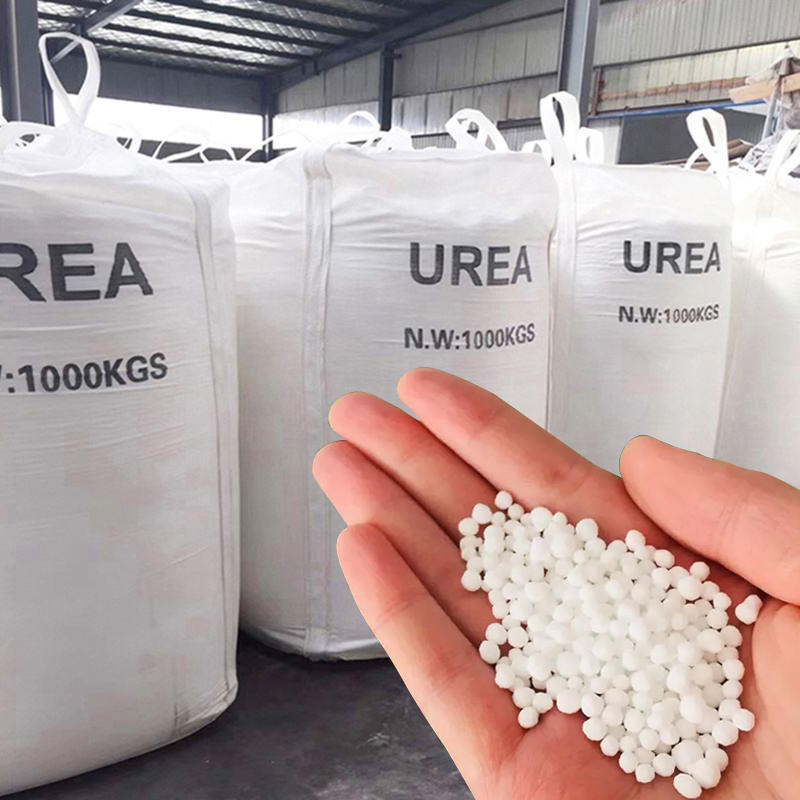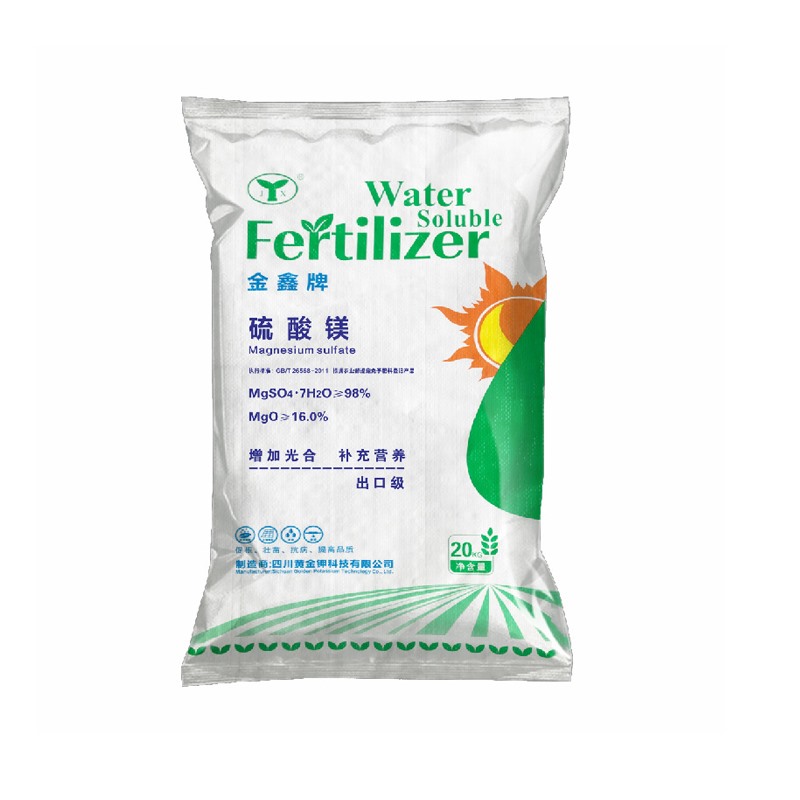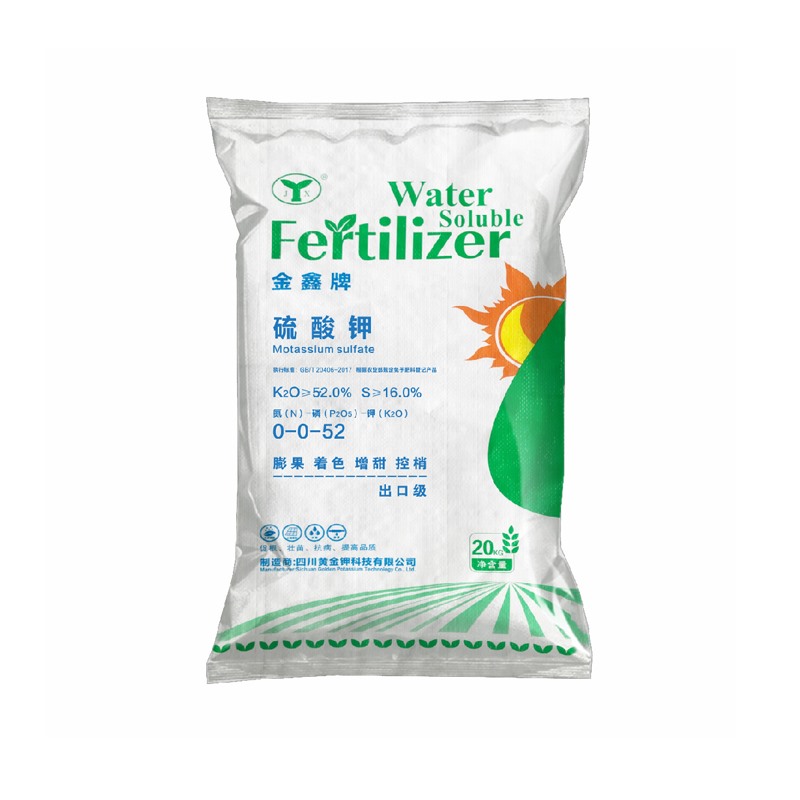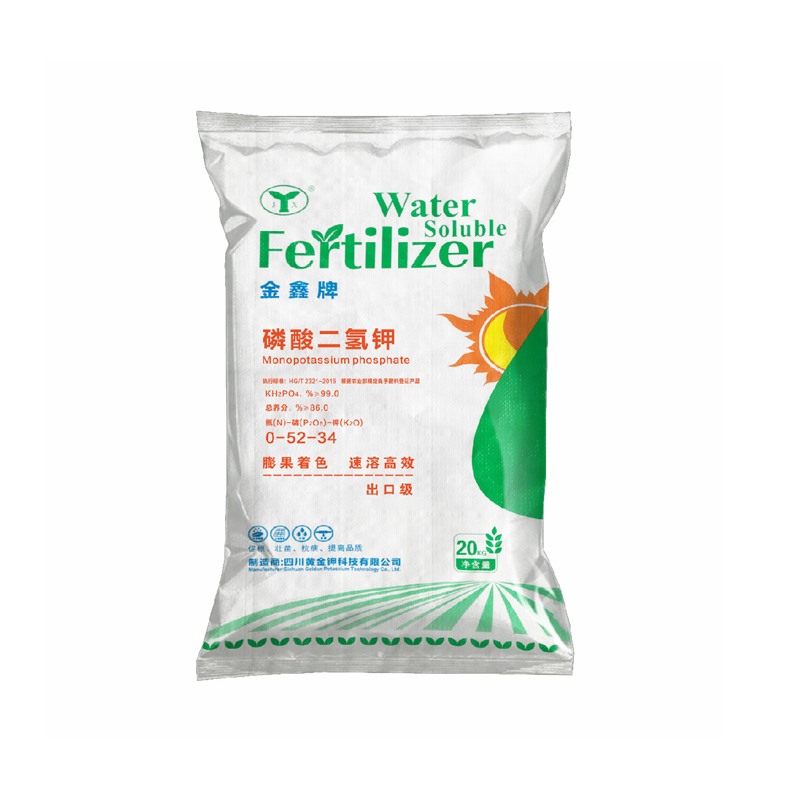Types and Functions of Fertilizers
Fertilizers include ammonium phosphate fertilizers, macro-element water-soluble fertilizers, medium-nutrient fertilizers, biological fertilizers, organic fertilizers, and multi-dimensional field energy-concentrated organic fertilizers. Fertilizers can supply nutrients for crop growth and development, improve soil properties, and improve crop yield and quality. Fertilizers are a necessity in agricultural production. The nutrient elements necessary for plants include nitrogen, phosphorus, potassium, calcium, and magnesium. The lack of any one element will affect the normal growth and development of crops.
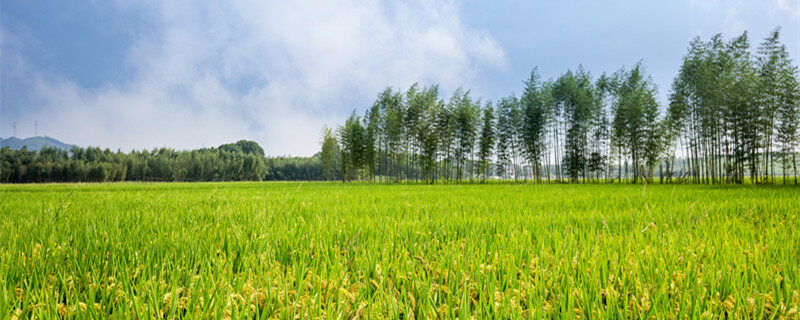
Fertilizers refer to a class of substances that provide one or more essential nutrient elements for plants, improve soil properties, and improve soil fertility levels, and are one of the material bases for agricultural production. For example, nitrogen deficiency in plants will lead to dwarf and weak plants, and leaves are abnormally green such as yellow-green and yellow-orange. When there is a severe nitrogen deficiency, crops will be significantly prematurely senile and mature, and yield will be significantly reduced. Only by increasing nitrogen fertilizer can reduce its harm.
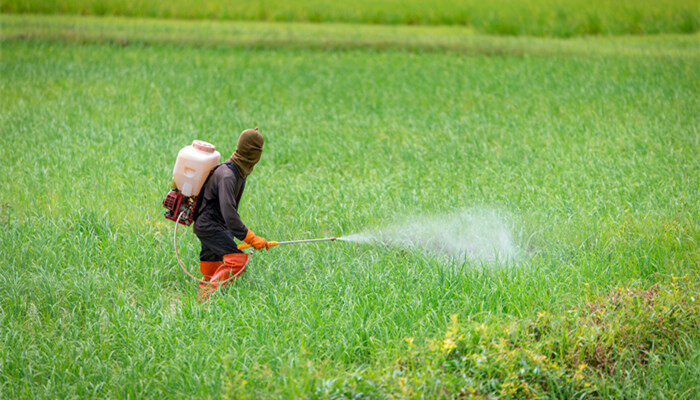
How to store fertilizer:
(1) Fertilizers should be stored in a dry and cool place, especially when ammonium bicarbonate is stored, the packaging should be tightly sealed to avoid contact with the air.
(2) Nitrogen fertilizers should be stored away from the sun, strictly prohibited fireworks, and should not be stacked with diesel, kerosene, firewood and other items.
(3) Chemical fertilizers should not be stacked with seeds, and seeds should not be bagged with chemical fertilizers, so as not to affect the germination of seeds.

